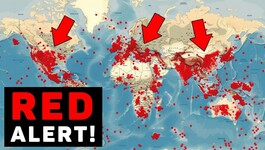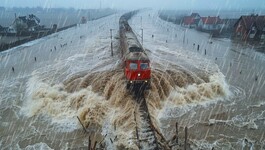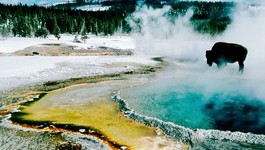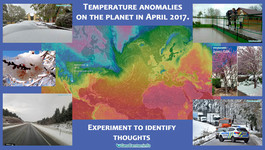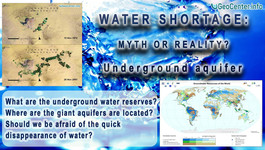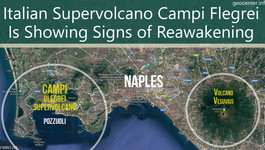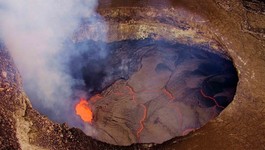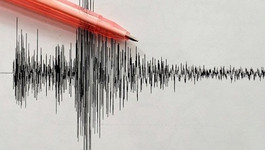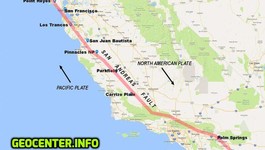Solar Activity
In the Laboratory of X-ray Astronomy of the Sun in the Institute of Physics of the Russian Academy of Sciences (FIAN) in order to investigate the structure and dynamic of the solar corona, a special set of space telescopes “TESIS” was developed, which has a spatial resolution of up to 2 angular seconds, and the time resolution of less than 30 seconds.

Figure 1 - Solar flare activity diagram
source: Tesis
The graph below shows the flux of proton radiation of the Sun, received from the satellites of GOES series in real-time mode.
Proton solar flares are the flares, during which in the vicinity of the Earth the fluxes of accelerated hydrogen can be registered with energies in the range of one to hundreds of millions of electron-volt (solar cosmic rays). Of course, absolutely all the processes, which are accompanied by an acceleration of the particles on the Sun, are not included in the definition proposed above, since in some cases, the flux of protons cannot reach the near-Earth space.
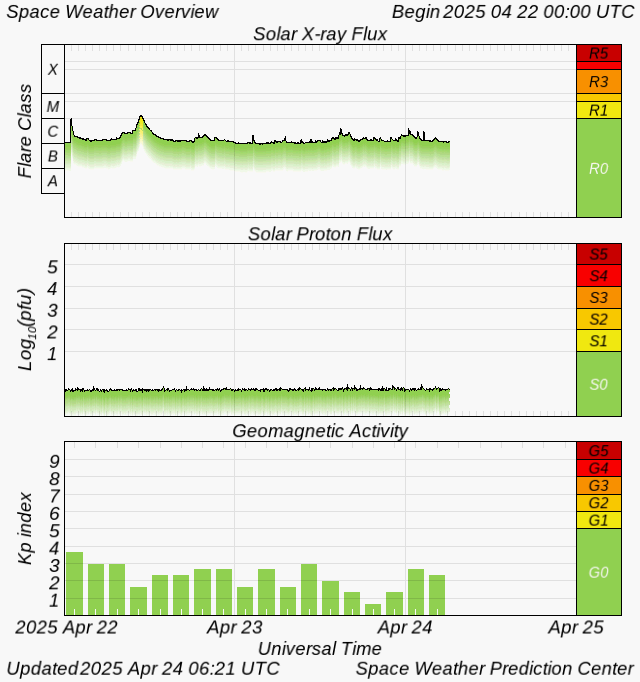
Figure 2 - Diagram of proton activity of the Sun
Based on Space Weather Prediction Center website
One of the most important elements of space weather are geomagnetic storms. They exert influence on many fields of human activity: decoupling, failure of navigation systems on spaceships, generation of eddy inductive currents in transformers and pipelines, and serious accidents of power grids are also possible. Magnetic storms affect the health and general condition of people.
There is even a whole section of biophysics (helio-biology), which studies the effects of changes in the activity of the Sun and disturbances caused by it in the Earth's magnetosphere on terrestrial organisms.
Back in 1928, Alexander Chizhevsky first raised the question of the influence of solar activity on the origin of accidents and injuries increase in transport and production. Hot discussions on this issue continue hitherto. For a particular person a start of the stress response with respect to the very inception of the storm can be shifted. Some people start to react to magnetic storms 1-2 days in advance, that is, at the very time of solar flares on the Sun, it turns out they react to the currently running storm on the Sun.

Figure 3 - The magnetic activity of the Sun
based on Tesis website











